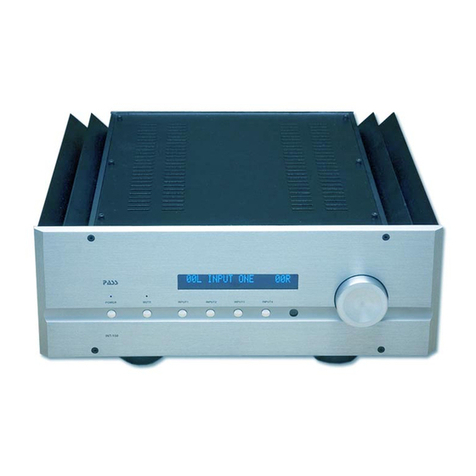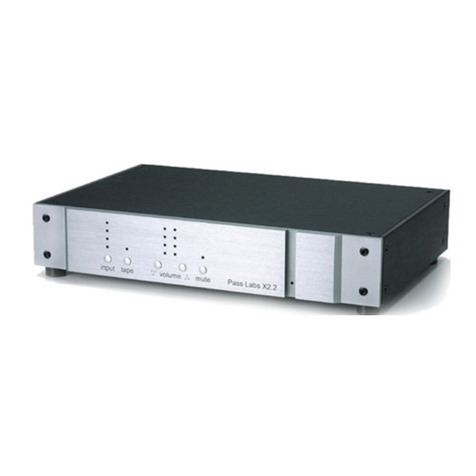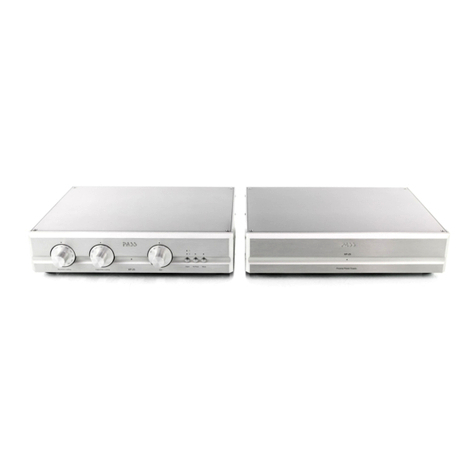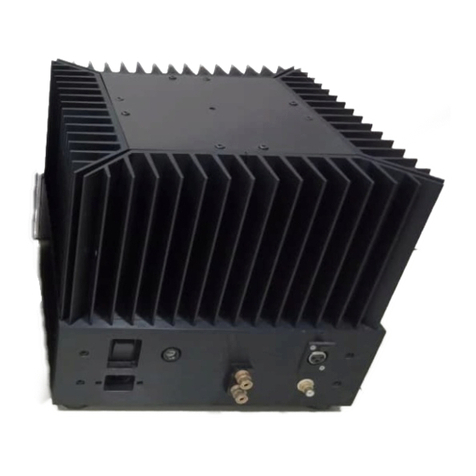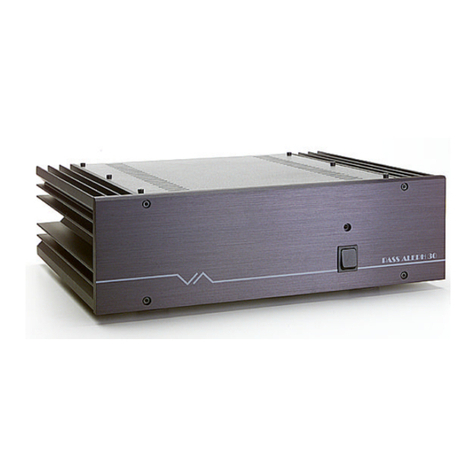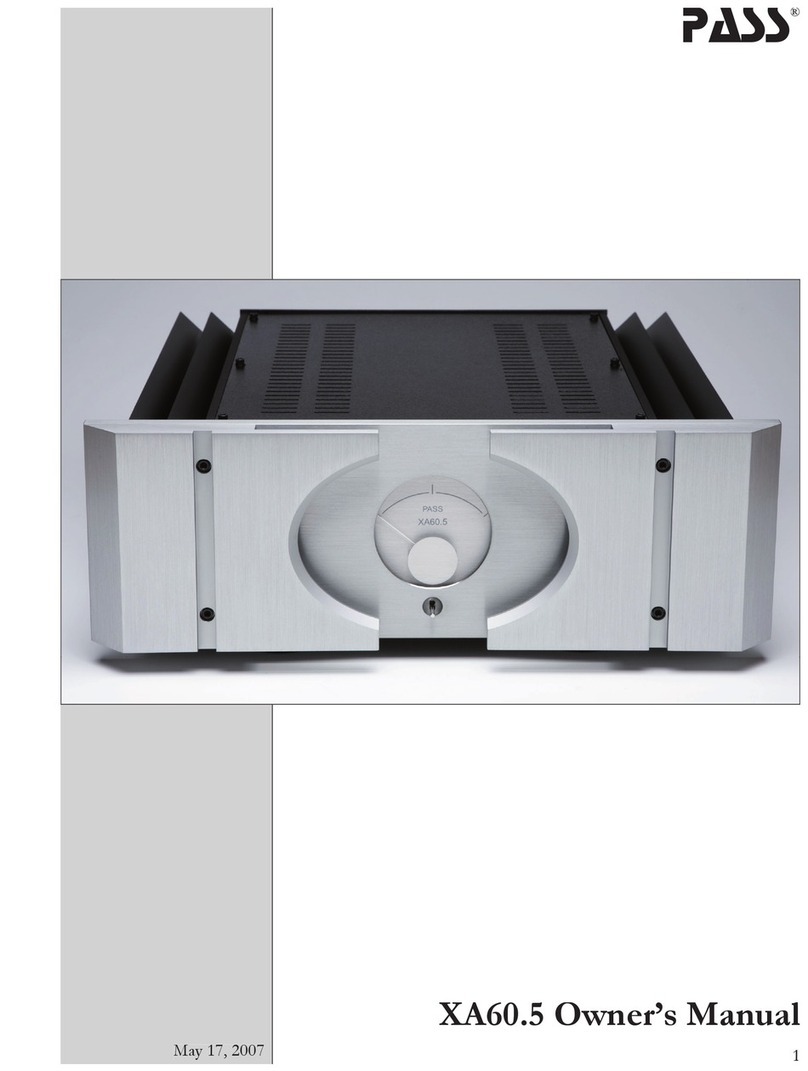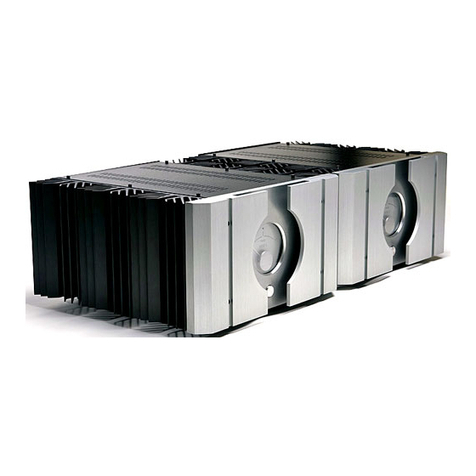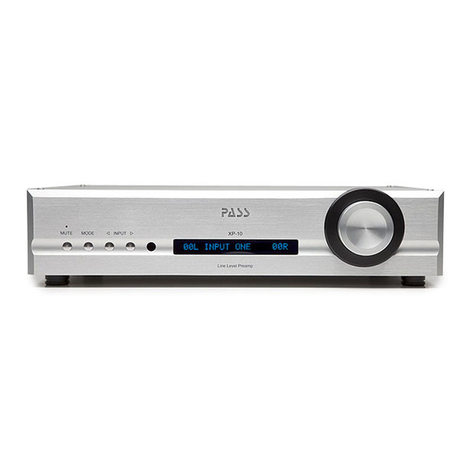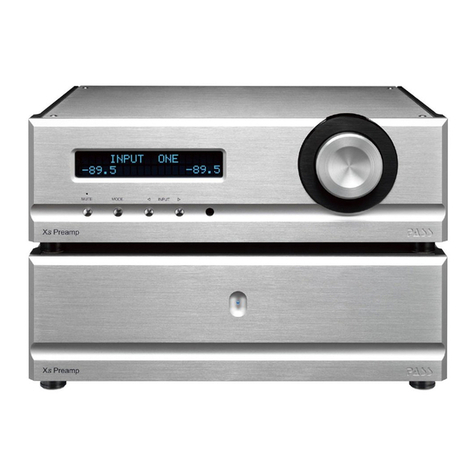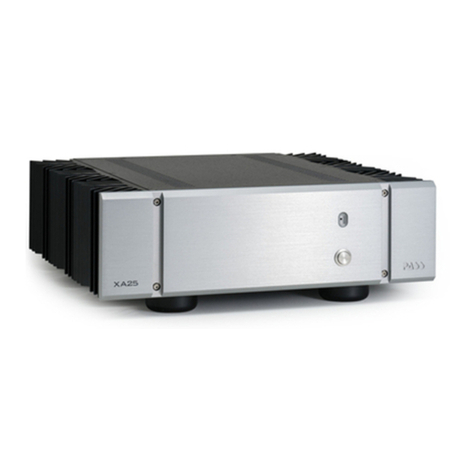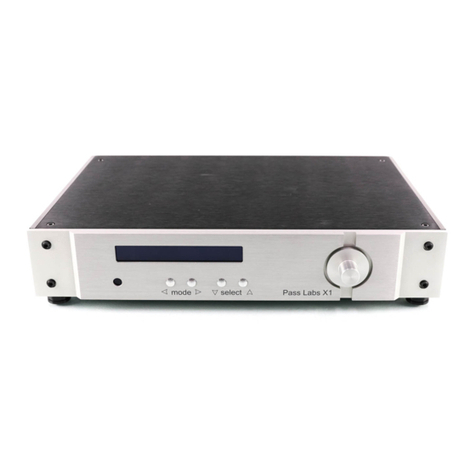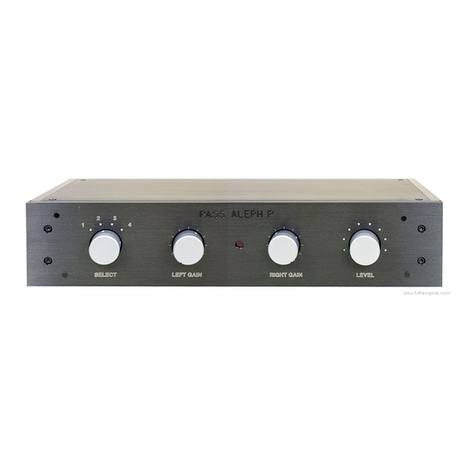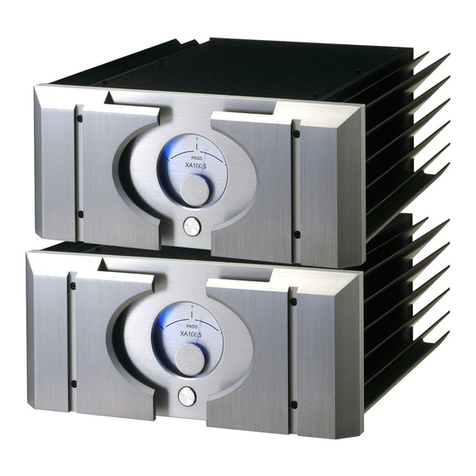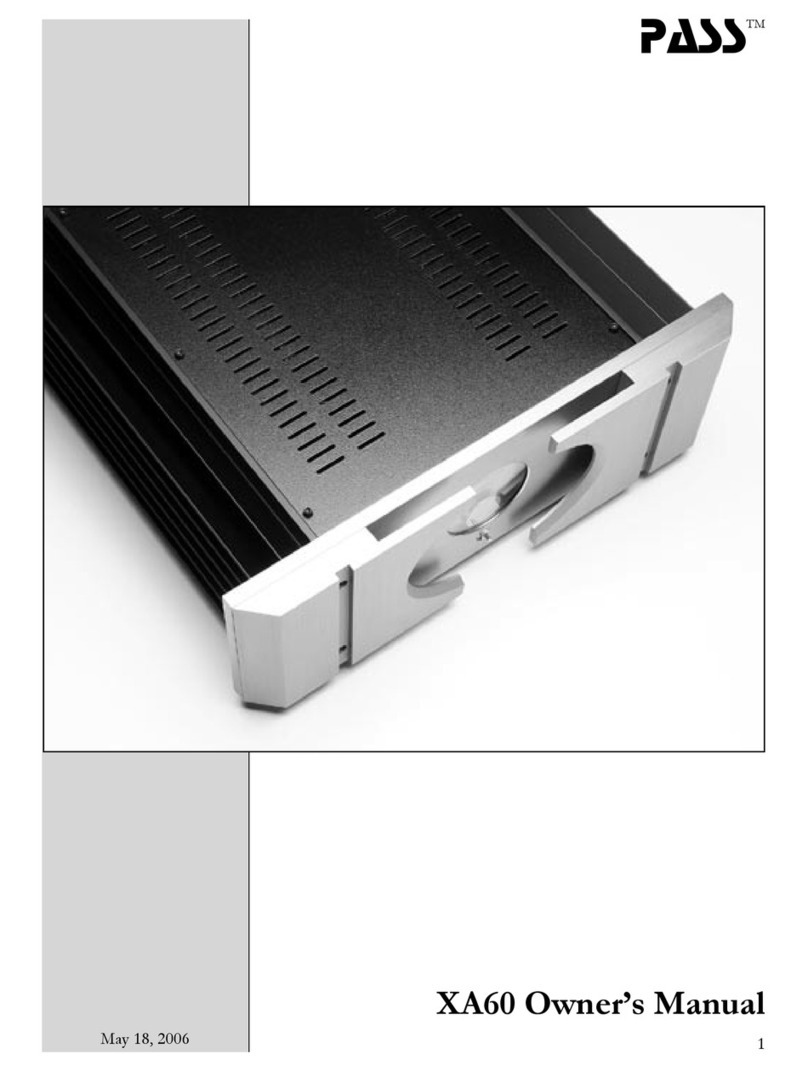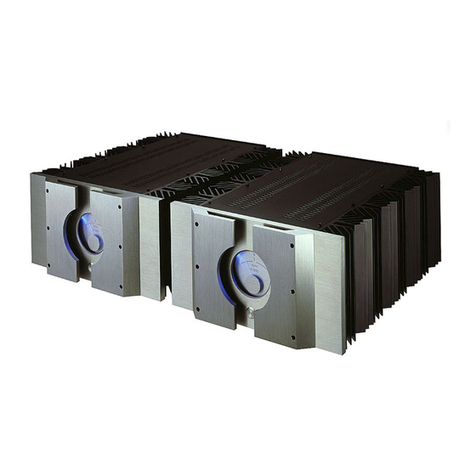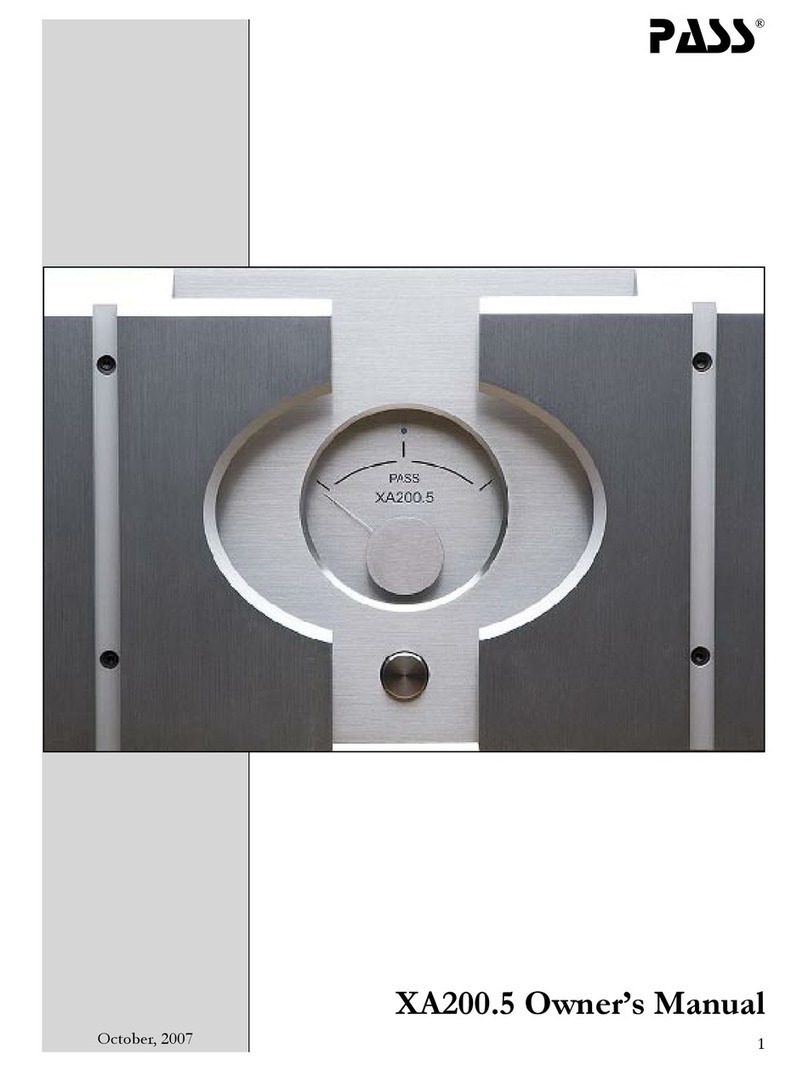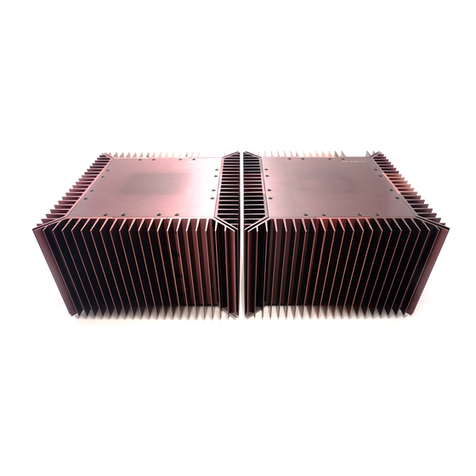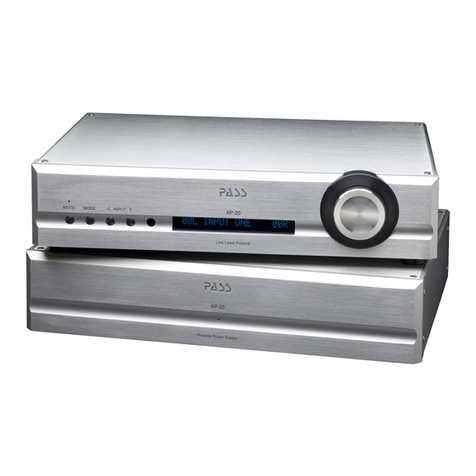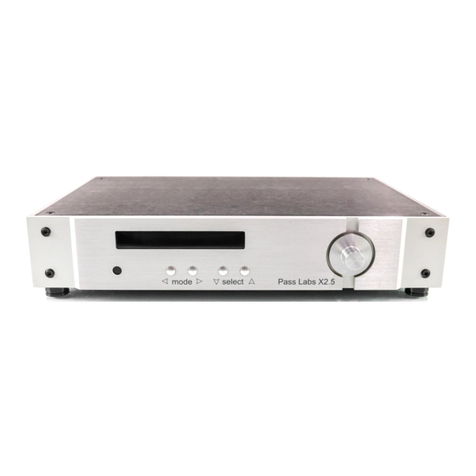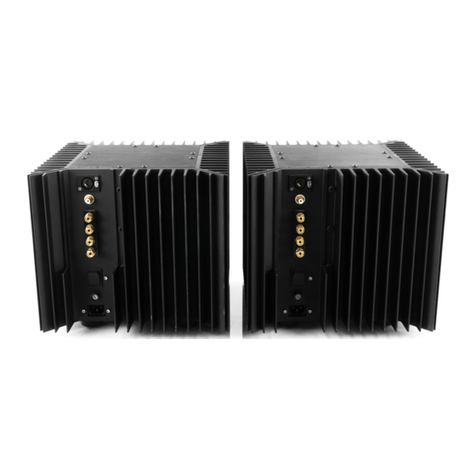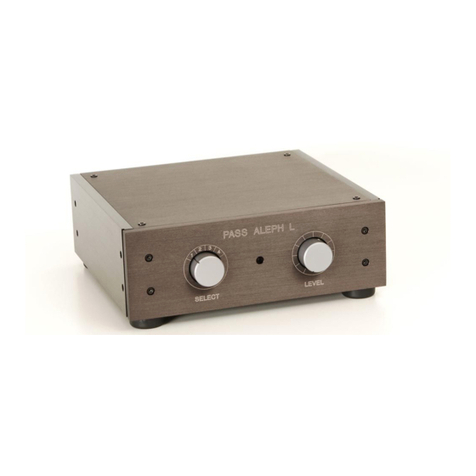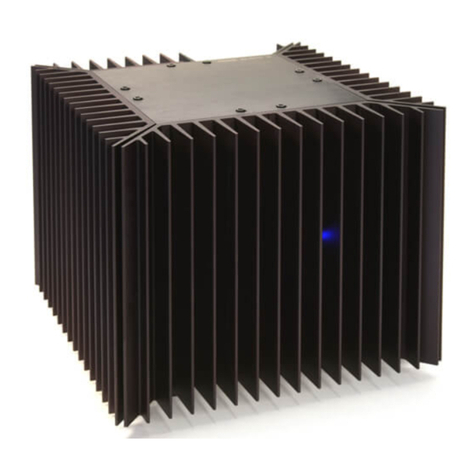
Introduction
In an area of electronics where it is often thought that everything that can improve
the sound has already been done, where other designers are concentrating on
mechanicals and eye-candy, we offer better sound.
The XP-30 is the best preamplifier line stage ever made by Pass Labs. By
extension it is possibly the best line stage ever made. It is the result of several years
effort by Wayne Colburn and staff at Pass Labs and has undergone numerous
designs, redesigns, revisions, more revisions, adjustments and tweaks; more than
any preamp product with the possible exception of the XP-25 phono stage.
Measurably the XP-30 generates less noise, less crosstalk, less distortion. It
delivers greater dynamic range, gain, output voltage and output current. This is not
why it is a breakthrough product.
We value technical excellence, but it is always the sound that is paramount. Many
audio products have measured spectacularly well but have not gone down as
classics because they have not delivered subjective qualities that keep listeners
happy beyond the occasional initial excitement.
With this uppermost in mind we set out to create a new preamplifier that simply
invites you to listen. We want you to anticipate listening to your entire record
collection, again and again.
As part of the process in developing the XP-30 we began by uniformly upgrading the
playback systems of our listening group. We do not do AB or ABX testing – our
people live with prototypes as long as they like in their own system, and only one
component gets changed at a time. This allows a close duplication of our
customer's experience and makes it easier to hear differences over extended time,
with our focus remaining on the quality of the sound.
Several set of prototypes were evaluated and refined over a period of three years.
This period also saw the final development of the XP-25, and its presence allowed
us to work in as much synergy between the components as possible. Several
different power amplifiers also participated, including XA.5 amplifiers,
prototype “Concept” amplifiers, SITs, and even tubes.
In the end everyone agreed on the sound - music flows through the XP-30 with
greater ease, spatial development and dynamic contrast than anything else we have
heard. Wayne even managed to fit in a couple of my requested features –
enhancements for bi-amping, and enough gain and voltage swing that the XP-30
can drive power amplifier output stages all by itself.
All that remained was for Desmond to turn it into eye candy as well.
Me, I wrote this introduction because Wayne was too modest to.
- Nelson Pass
